How can we explain this apparent paradox of an unchecked emergence of memory that is also an expression of and a response to the rise of the present? One of the possible answers came a certain time ago from Pierre Nora, the French historian of the ‘realms of memory’, when he stated that memory is no longer what should be preserved from the past to serve as guidance for the future, but rather what turns the present into its own and only horizon. He wrote this in a great collective work, Les Lieux de mémoire, which he edited for publication in several volumes between 1984 and 1993. The expression ‘realms of memory’ was thus coined and widely disseminated beyond the historical field. This indelibly marked the passage from the historical model to the remembrance model, as if Clio had been dethroned by Mnemosyne, the mother of the muses. But this was not the only case: many contemporary historians embarked on the task of ‘explaining the present to the present’, in Hartog’s words, i.e. the question of the identity of the present (a present that is characterised by its extent) as a territory of memory. The dichotomy memory-present is no longer what it used to be when in the 1980s we saw the first signs of this memory turn, when historiography started to incorporate the testimonies of memory, and when a previously well-delineated opposition between history and memory, between the historical discipline and the subjective mechanisms (individual or collective) for reconstructing and evoking the past started to fade. If history used to wield absolute authority, now memory prevails on all sides, so much so that it has become the name of a new civil religion, a central notion of the new public culture, in expansion for the last four decades. As, in his second ‘Untimely Meditation’, entitled On the Use and Abuse of History for Life, Nietzsche denounced the historicism – ‘historical illness’ – that was predominant in his time, today some – such as the North-American historian Charles Maier – consider that the current corresponding pathology is the hypertrophy of memory, equally capable of sterilising and annihilating creative forces. But if we want to understand the surge of remembrance discourses in the Western world (whether they come from politics, art, literature, or the human and social sciences), we must not forget that they cannot be dissociated from decolonisation and the new social movements. Post-colonial discourse is, in itself, a way of calling on memory and claiming a new policy on memory.
The testimonies of Holocaust survivors were decisive in making memory enter and greatly impact the public sphere. That is why Claude Lanzmann’s film Shoah, from 1985, is generally considered a fundamental manifestation of the wave of remembrance, with important consequences. In the wake of testimonial literature there were many films and books of every genre, TV shows, etc. Very rapidly we went from a silence that was symptomatic of trauma (and the psychological notion of trauma also became part of the lexicon and concepts of remembrance culture) to an overabundance of talk in the name of memory and the ‘duty of memory’ – another new notion, with origins in France, which gradually gained ground as the Holocaust acquired a greater public dimension and spread around the world. The prosecution of the ss officer Klaus Barbie in 1987 was a historic event, not only because it was the first trial in France for ‘a crime against humanity’, but also because it led to the omnipresence of the ‘duty of memory’, often with futile uses (consequently, as a reaction it was necessary to create the notion of ‘abuses of memory’). Let us remember that in 1997 a small book that transcribed a Primo Levi interview came out in France precisely with the title Devoir de mémoire, which was not the title of the original Italian edition in 1983.
The expansion of the culture of memory linked to the extermination of the Jews by the Nazi regime can be confirmed by the proliferation, from the 1990s onwards, of museums and ‘memorials’, as the generation that had survived and witnessed the event gradually disappeared. The Holocaust Museum in Washington; the Memorial to the Murdered Jews of Europe, in Berlin, designed by the architect Peter Eisenman; the Jewish Museum, also in Berlin, by the architect Daniel Libeskind – these may be the most emblematic examples of this memory/memorial wave, which also included 9/11, with a project by Michael Arad and Peter Walker in New York.
The emergence of the memorial phenomenon in public space is amply visible in public discourse, art and the social sciences. But it reaches a paroxysm in the generalised musealisation and obsession with heritage that characterise our time – the result of a properly diagnosed obsession with the past. There has been a frenetic construction of museums, as if there were no tomorrow, only the past – but a past that is submitted to the totalitarian regime of the present. The modern notion of heritage, which owes a lot to Alois Riegl (1858–1905), an art historian from the Vienna School and the author of the Modern Cult of Monuments, has acquired a plasticity that allows multiples uses and various iterations. ‘Intangible heritage’ is one of them. We may be familiar with it today but it would have been considered extremely strange in the past. Here, too, it is possible to find a paradox that the German philosopher Hermann Lübbe formulated in the following way: it is the indisputable erosion of tradition in modernity that in turn generates forms of memory, such as heritage conservation and museums. Another, similar, phenomenon is celebrations. Today the calendar and rhythm of public life are marked by great celebrations, where memory goes hand in hand with pedagogy, political messages and identitarian rituals. In 1984 Pierre Nora began the first volume of his Lieux de mémoire, with a text entitled ‘Entre histoire et mémoire’, and in 1993 he closed that great enterprise with another text entitled ‘L’ère de la commémoration’. Celebrations and anniversaries punctuate public life and provide endless fodder for the media, which has taken on the mission of not only following the present but also producing the past. It is fair to say that no other age has produced so much past – or as fast – as our own. Everything becomes a matter of memory very rapidly (this is proven by the generalised popularity of end-of-year reviews, and lists of names and events that elapse as soon as we turn the calendar page). The corollary of this is a phenomenon of entropy and acceleration that affects the space of the present, reducing it and generating exactly the opposite of memorial and museum culture: amnesia.
This leads us to another paradoxical condition characteristic of the memorial wave in which we are submerged: the hypertrophy of memory is also a symptom of forgetfulness, memory culture is at the same time a culture of amnesia. The dialectics of memory and forgetfulness is well-known: there is no memory without forgetfulness and some have tried to produce an ‘art of forgetfulness’, by analogy with an ‘art of memory’. The Art of Memory is a title of a famous book by Frances A. Yates (1899–1981), an English historian of literature and science. In that book, published in 1966, Frances Yates recorded the history of the survival of the ancient ars memoriae, i.e. mnemotechnical processes (associative techniques that assist memorisation) underlying the instrumental notion of memory defended by Aristotle. In 1997, the German philologist Harald Weinrich published a book entitled Lethe: Kunst und Kritik des Vergessens [Lethe: The Art and Critique of Forgetting]. In Greek mythology, Lethe, or Léthê, is the river of forgetfulness. In that book, Weinrich hypothesises an ‘ars oblivionalis’, an art of forgetfulness. But to show that memory and forgetfulness have different statuses: forgetfulness cannot be the object of a decision. That is why we talk about the duty of memory, but never about the duty of forgetfulness. If anything, forgetfulness can be taken into consideration by a policy of memory. A policy of public memory was a central theme for the Germans in the 1960s, for well-known reasons. This policy promoted public forgetfulness for ‘good reasons’. For example, it forgot the traumatic events of the Luftkrieg, aerial warfare, the destruction of German cities by Allied bombing (of which Dresden is the primary example). And when, in his own way, the writer W. G. Sebald wrote the history of that destruction he put an end to this ‘forgetfulness’, which had been determined by the German policy on remembering in the post-war period. The policy of public memory is defined according to superior national interests: some things should be remembered and this remembrance turned into a collective ritual; other things should strategically fall into public oblivion.
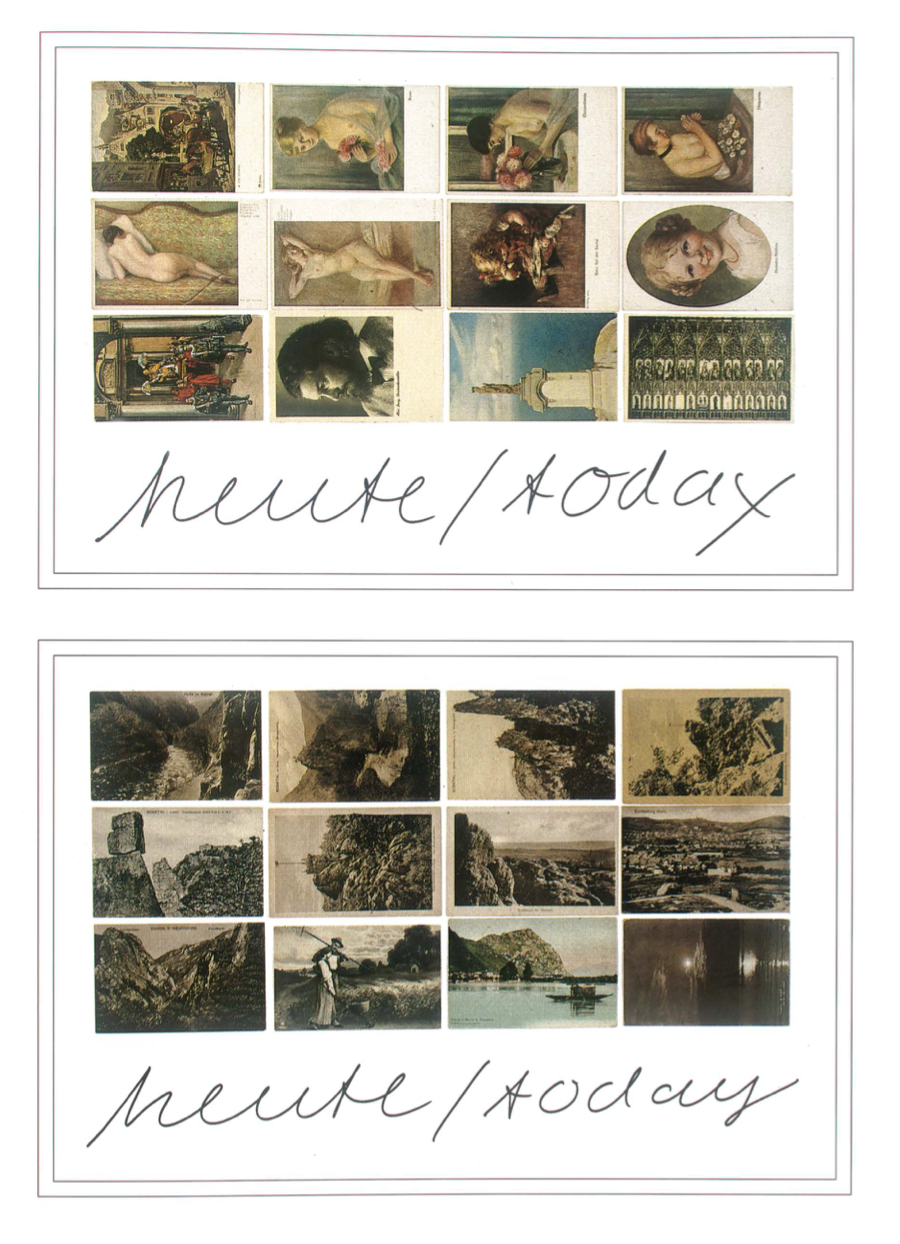
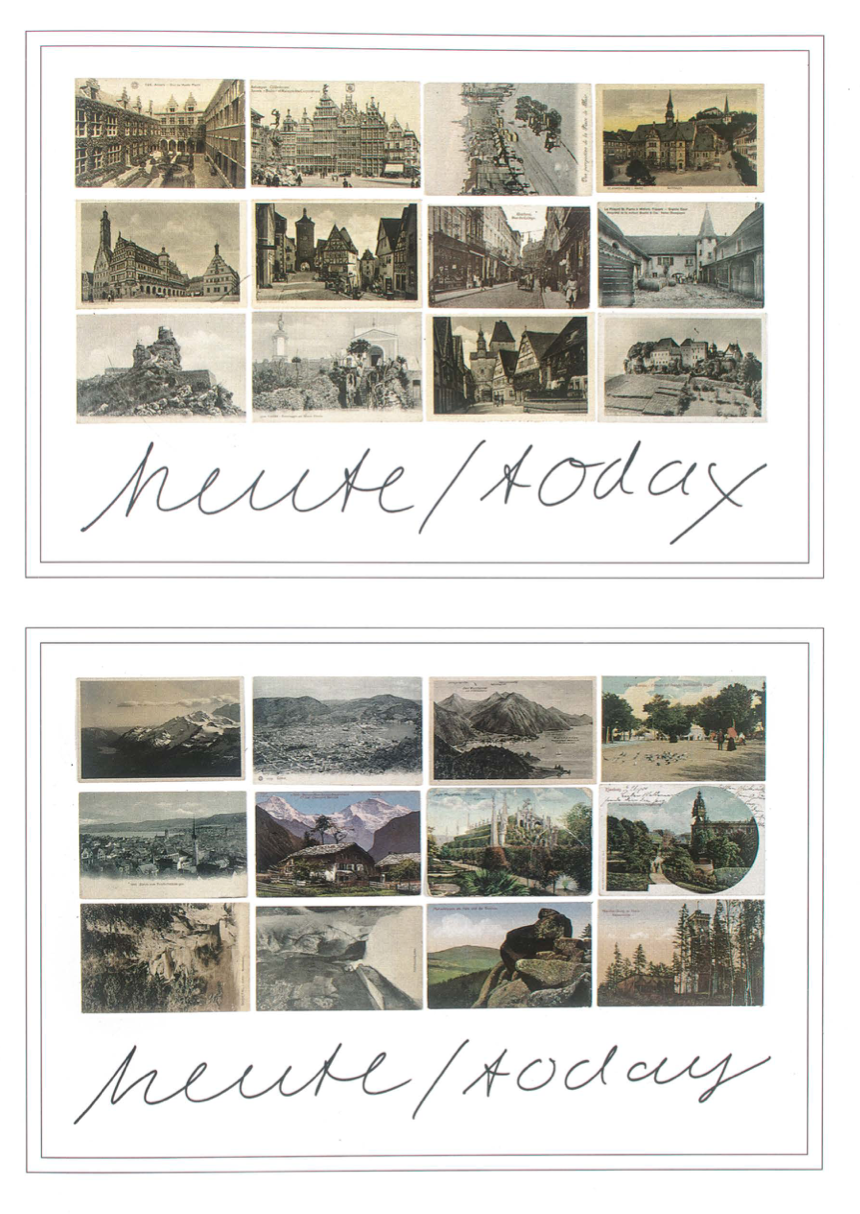
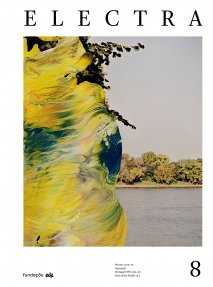
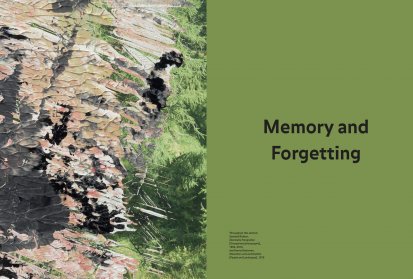
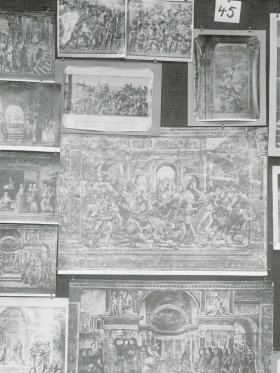
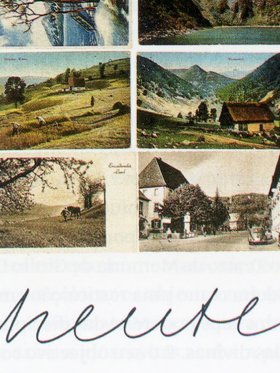
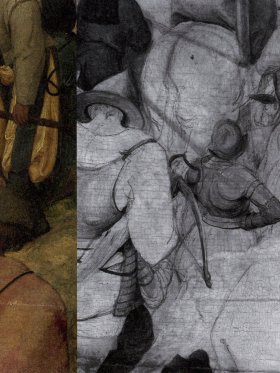
Share article